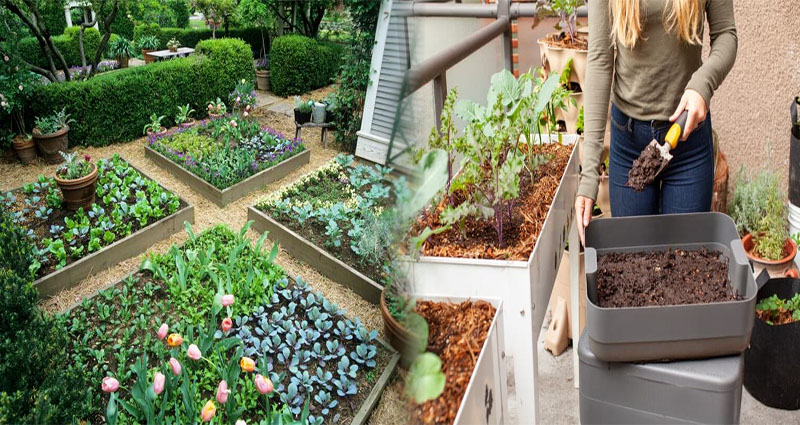Small spaces should not limit your ability to grow your own fresh and organic vegetables. With some creativity, careful planning, and a bit of do-it-yourself (DIY) spirit, you can create a thriving vegetable garden even in the most compact areas. In this article, we will explore budget-friendly DIY vegetable garden plans specifically tailored for small spaces, providing you with the inspiration and guidance you need to get started on your own mini garden oasis.
1. Assessing Your Space
Before diving into the actual gardening plans, take the time to assess your available space. Look for areas that receive adequate sunlight and are easily accessible. Consider utilizing vertical spaces such as walls, fences, or railing, as well as making use of containers and raised beds to maximize your planting area.
2. Raised Garden Beds
Building raised garden beds is an effective way to optimize space and create a defined area for your vegetables. Constructing your own raised beds using budget-friendly materials such as untreated lumber, recycled pallets, or cinder blocks can be a cost-effective solution. Raised beds also offer better soil drainage and can be positioned in a way that makes maintenance and harvesting easier.
3. Vertical Gardening
Vertical gardening is an excellent choice for small spaces, allowing you to grow your vegetables upwards rather than outwards. Consider installing vertical planters, trellises, or hanging baskets to cultivate vining plants like tomatoes, cucumbers, and beans. Additionally, repurposing old items such as wooden pallets or PVC pipes into vertical planters provides a budget-friendly and eco-friendly option for your garden.
4. Container Gardening
Utilizing containers is a versatile and space-efficient method for growing vegetables in small areas. You can repurpose items like buckets, barrels, or large pots to create a container garden. This approach not only adds mobility to your garden but also enables you to control the soil quality and drainage for each plant, leading to healthier growth.
5. Companion Planting
Maximize the use of your limited space through companion planting, where compatible plants are grown together. For example, planting quick-growing lettuces around slower-growing broccoli can optimize the use of space and soil, while also providing a natural form of pest control.
6. Seed-Saving and Sharing
To further reduce costs and promote sustainability, consider saving seeds from your own vegetables for future plantings. Additionally, establish a network with other gardeners in your community to exchange seeds and seedlings, allowing you to diversify your garden without significant expenses.
7. Maintenance Tips
Once your budget-friendly DIY vegetable garden is set up, consistent maintenance is key to success. Implement water-saving strategies such as drip irrigation and mulching to reduce water usage. Make your own compost using kitchen scraps and yard waste to provide natural and budget-friendly nutrients for your garden.
Creating a budget-friendly DIY vegetable garden in a small space is not only achievable but also fulfilling. By utilizing resourceful techniques, such as raised beds, vertical gardening, and container gardening, you can enjoy a bountiful harvest of home-grown produce while minimizing expenses. With a little creativity and a willingness to roll up your sleeves, you can transform even the smallest of spaces into a flourishing vegetable garden that nourishes both body and soul.








